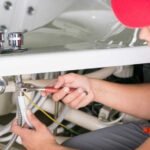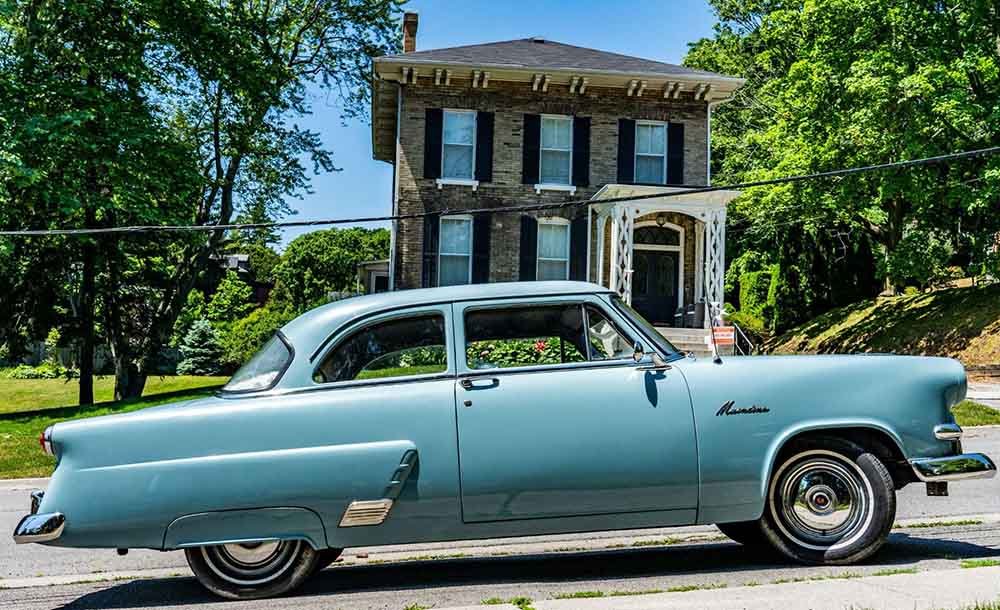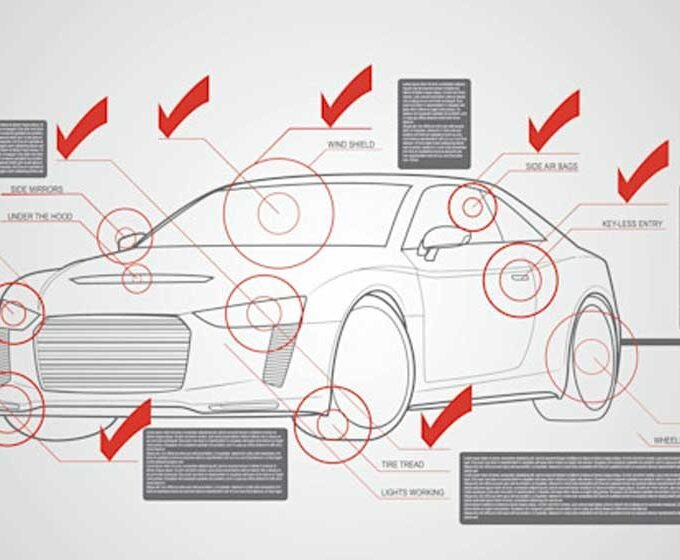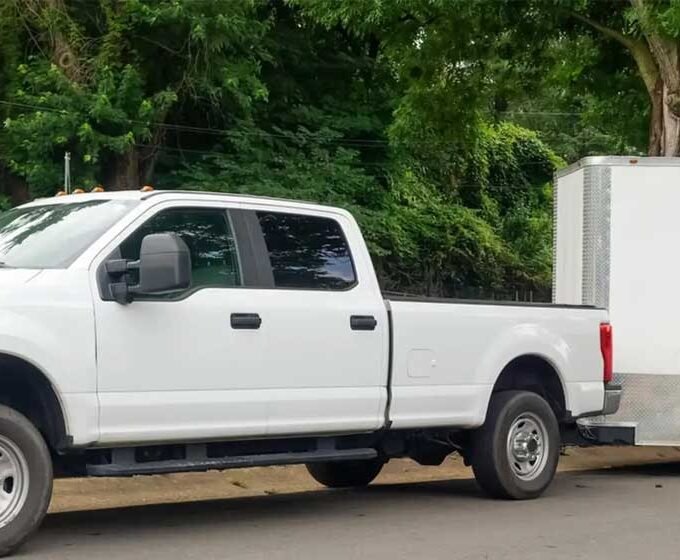The Vehicle Buyback Program, popularly known as the cash for clunkers program, aimed to stimulate the economy and rejuvenate the auto industry by incentivizing consumers to exchange their older, less fuel-efficient vehicles for newer, more environmentally friendly models. The program’s immediate effect was a surge in new car sales, providing a financial incentive for consumers to purchase new vehicles. However, this upturn for new cars inadvertently led to several ripple effects in the used car market and had longer-term implications on car pricing.
As hundreds of thousands of used cars were taken off the road and scrapped, the dynamics of the used car market shifted significantly. The sudden shortage of available used vehicles led to increased demand relative to supply, causing used car prices to rise. This particularly impacted lower-income individuals and the secondary market, where affordable used vehicles became less accessible. Moreover, dealerships and automakers had to adjust to the changing market, sometimes facing challenges in balancing their inventory to meet consumer demands within the new economic environment created by the program.
Key Takeaways
- The cash for clunkers program greatly reduced the supply of used cars.
- Rising demand led to increased prices in the used car market.
- Dealerships and automakers had to adapt to the changing automotive landscape.
Impact of Vehicle Buyback Programs on the Used Car Market
Vehicle buyback programs have introduced a ripple effect across the used car market, impacting variables such as supply and demand, consumer behavior, and the valuation and pricing of cars.
Supply and Demand Dynamics
Introducing car buyback initiatives, particularly during and after the pandemic, reduced the availability of used cars. This is largely due to more consumers turning in older vehicles for cash incentives, thereby shrinking the inventory in the used car market. The pandemic induced a significant short supply, as factory shutdowns and supply chain disruptions hampered new car production. Consequently, the scarcity of new and used vehicles contributed to a rise in overall vehicle prices.
Changes in Consumer Behavior
Buyback programs often coincide with heightened interest in newer, more environmentally friendly vehicles, such as electric vehicles (EVs). This shift in preferences changed the demand within the used car market, where consumers might be more inclined to sell older models back to dealers. As a result, we can observe robust growth in the used market for EVs and a corresponding decline in certain segments of traditional used cars.
Effects on Car Valuation and Pricing
Car buyback programs also affect car valuations and pricing mechanisms. With a dynamic shift in supply and demand, valuation tools such as the Black Book observed fluctuations in wholesale and retail prices. As more high-demand vehicles exit the market through buyback programs, used car prices, wholesale and retail alike, saw an ascent. This imbalance between supply and demand led to an adjustment in valuation models across the board.
Consequences for Dealerships and Automakers
The Vehicle Buyback Program has significantly impacted the delicate balance of supply and demand in the automotive industry, posing inventory management challenges, necessitating adaptations in the wholesale market, and prompting a shift in retail strategies.
Inventory Management Challenges
Automakers and dealers have faced serious inventory management issues due to the interplay between new vehicle scarcity and an influx of used cars through buyback programs. The semiconductor chip shortage has further compounded these problems, limiting the production of new vehicles. As a result, dealerships struggle to maintain an optimal inventory mix, often finding themselves with either an excess or a shortage of cars to meet consumer demand.
Wholesale Market Adaptation
The wholesale market, including large-scale auctions. The influx of used vehicles has led to a fluctuation in wholesale prices, influencing the supply and economy of the automotive market as a whole. Dealers have had to carefully navigate these waters to source inventory at viable prices to remain competitive in retail.
Retail Shifts and Strategies
In response to the changing market, dealerships have adapted their retail strategies. They are more vigilant about pricing in alignment with the retail prices noted at large retailers. The electric vehicle (EV) market has grown, impacting retail strategies as consumers show increasing interest in sustainable and new car technologies. The cash for clunkers program has played a part in transitioning some consumers towards more fuel-efficient and electric vehicles, altering the demand within the retail market.
Conclusion
Vehicle buyback programs have distinctly impacted the used car market. They have often led to reduced supply, which can increase used car prices due to heightened demand. The anticipation is that the market may stabilize after 2025, giving consumers hope for more consistent pricing patterns. These programs underscore the intricate balance between supply and demand within the automotive industry.
















